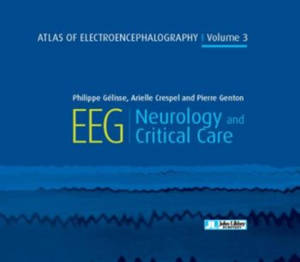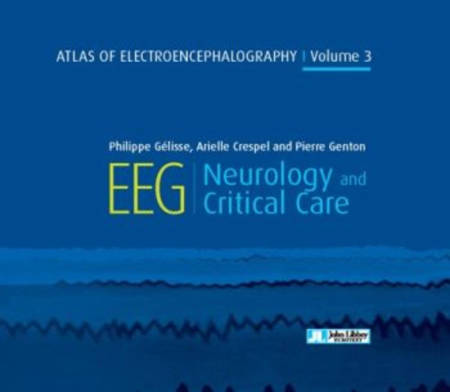
- Afhalen na 1 uur in een winkel met voorraad
- Gratis thuislevering in België vanaf € 30
- Ruim aanbod met 7 miljoen producten
- Afhalen na 1 uur in een winkel met voorraad
- Gratis thuislevering in België vanaf € 30
- Ruim aanbod met 7 miljoen producten
Atlas of Electroencephalography - Volume 3 - Neurology and Critical Care E-BOOK
Philippe Gélisse, Arielle Crespel, Pierre GentonOmschrijving
The third volume of the series of Atlases deals with the use and usefulness of electroencephalography (EEG) in neurology.
While EEG is universally recognized as a first-order investigation method in epilepsy (see Volume 2), and as an important contributor in sleep medicine, practical neurology has tended to neglect the value of this classical and established neurophysiological tool. A rich, extensively commented and analyzed collection of EEG plates is presented here.
The reader will be compelled to remember that EEG is the easiest way to assess parameters like state of vigilance, risk of seizure activity, type and degree of functional impairment, in a very clinical and practical setting. The authors cover many aspects of neurological practices where the EEG may help in diagnosis and treatment: metabolic and other encephalopathies, infectious and inflammatory conditions, vascular disorders. It is particularly useful -and difficult- to distinguish between epileptic phenomena and EEG changes associated with metabolic abnormalities: a careful assessment of the EEG is of paramount practical importance here. Migraine is not always simple and there are many overlaps with other types of neurological diseases: the EEG may play a major part in helping the clinician in doubtful cases. Similarly, the diagnosis of dementia does certainly not rest on the EEG but many particular aspects concerning diagnostic overlaps or copathologies are aptly explored by the EEG. Lastly, even the neurosurgeon may need the EEG to monitor trauma, tumor, bleeding...
This Atlas will provide both examples and guidelines for the optimal use of the EEG in neurology.
Specificaties
Betrokkenen
- Auteur(s):
- Uitgeverij:
Inhoud
- Aantal bladzijden:
- 346
- Taal:
- Engels
- Reeks:
Eigenschappen
- Productcode (EAN):
- 9782742016075
- Verschijningsdatum:
- 30/09/2019
- Uitvoering:
- E-book
- Formaat:

Alleen bij Standaard Boekhandel
Beoordelingen
We publiceren alleen reviews die voldoen aan de voorwaarden voor reviews. Bekijk onze voorwaarden voor reviews.











